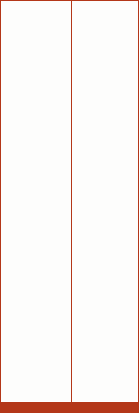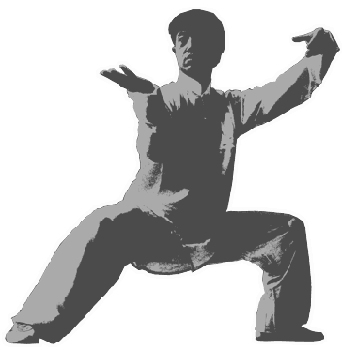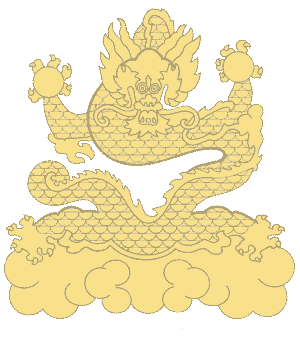Basic training introduces the fundamental concepts of Chen style Taijiquan
in the context of solo routines and exercises. These include relaxation,
postural alignment, and Chansi Jing (“silk reeling energy”).
Relaxation encompasses both the physical and the mental. One aims
for a balance in both the body and the mind.
Chen style taijiquan teaches specific requirements for each part of
the body, which results in an aligned, upright posture ( referred
to as a “frame” ).
Postural alignment results in balance, which is essential, allows
for greater relaxation of the body, especially the waist and torso,
and allows the fluid transfer of kinetic force through the skeletal
frame.
Chansi jing is a specific method of body mechanics. It is dependent
on correct postural alignment and abdominally generated body action
( “moving from the tantien”: utilization of the muscles
of the abdomen and lower back to initiate movement of the body as
well as weight transfer between legs.), and results in whole body
movement.
In whole body movement, no part of the body moves independently of
the whole (for example, The arm moves as a result of the shoulders’
movement, which is a result of the spines’ movement, which in
turn is a result of the movement of the abdomen). Whole body movement
is stronger than localized movements. It utilizes large muscle groups
(such as the stomach, back, and thighs) to power movements, as opposed
to smaller, local muscles.
The exercises used to develop these attributes include:
-”Standing post exercises” (zhong ding shen fa, or zhuang
gong). These are stationary practices in which the practitioner
holds a specific posture for an extended period of time. This develops
proper frame, leg strength, relaxation, mental concentration, internal
feeling and circulation of qi.
|



